A couple weeks ago Endeavor held its first ever “Social Media Takeover” that specifically dove into the topic of speed training. Today I wanted to share 11 of the speed training tips we shared on that day. Check out the Endeavor Sports Performance Instagram page for more training tips and exercise videos.
If you train athletes, I’d strongly encourage you to check out Lee Taft’s Certified Speed and Agility Coach program. In it, he lays out a comprehensive speed development system, outstanding movement progressions, and HIGHLY effective coaching cues. Since reviewing Lee’s material, we’ve made several changes to the way we teach, progress, and coach speed development in our athletes. Well worth the investment!
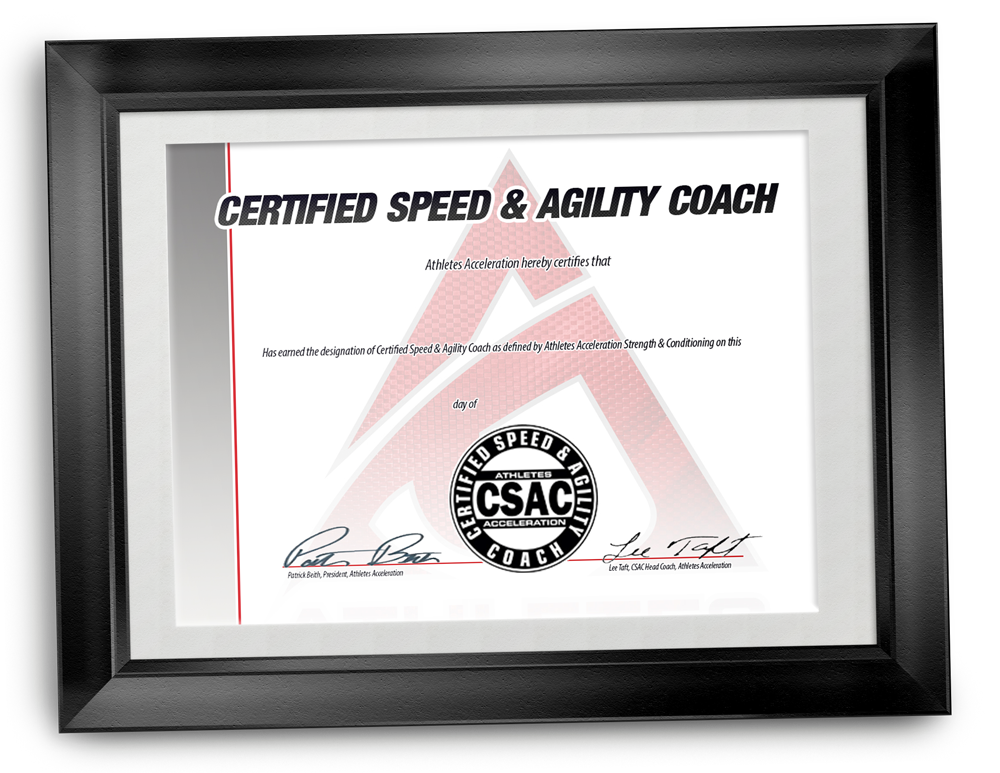
1) Speed development in youth athletes starts by understanding their stage of development. Kids respond better to certain training stimuli at different ages and maximizing the work they’re most receptive to will lead to more significant progress.
 2) Profiling the specific movement demands of a sport is important to identify limiting factors to speed development and to design more sport-specific transitional speed exercises.
2) Profiling the specific movement demands of a sport is important to identify limiting factors to speed development and to design more sport-specific transitional speed exercises.

Movement analysis helps identify functional limitations to more optimal patterns and should drive programming for a more sport-specific transfer
3) The top pictures show a sprint initiation with a back foot push emphasis, which leads to an incomplete drive off the front foot and a low foot position on the swing through (see how close right foot is to ground). Bottom pictures show a teaching progression we use to emphasize front foot push-off. Note the more complete extension on the left leg and how much higher the right foot is after it swings through, leading to a more powerful second stride.
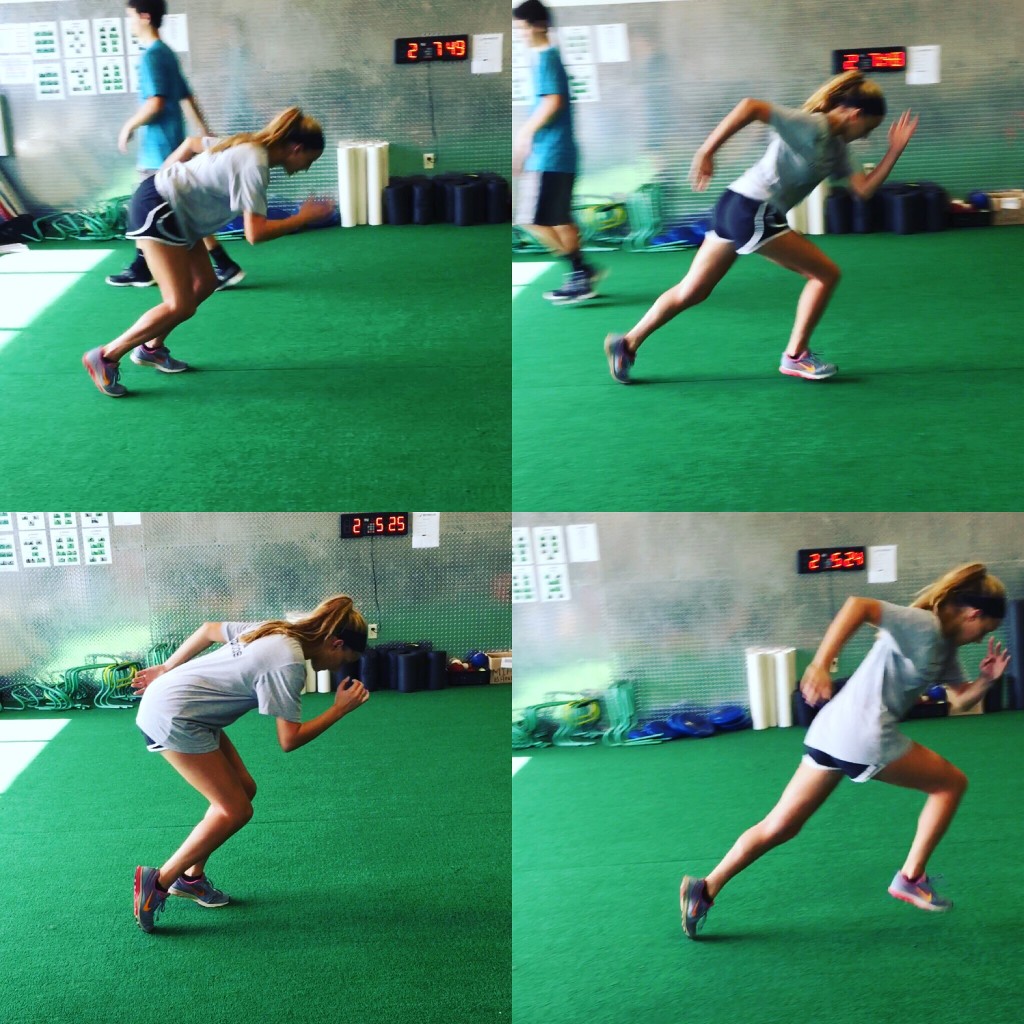
Emphasizing a strong front leg push is crucial for a quick start
4) Quick feet training is NOT speed training. Michael Flatley has the quickest feet in the world. Usain Bolt is the fastest in the world. One moves feet fast, but doesn’t move the body at all. The other produces extreme amounts of force with each stride to propel his body forward. Very different training implications.
5) One of the keys to a quick start is an aggressive arm action. Throwing the front hand back will reflexively drive a stronger first push coming out of the gate.
6)Not all speed training needs to look like speed training. This med ball throw variation is great for teaching a powerful front foot drive, full hip extension and a counter-rotation through the shoulders.
7) Optimizing movement efficiency increases speed and endurance by minimizing internal resistance to movement. It uses more effort and energy to run/skate with bad technique.
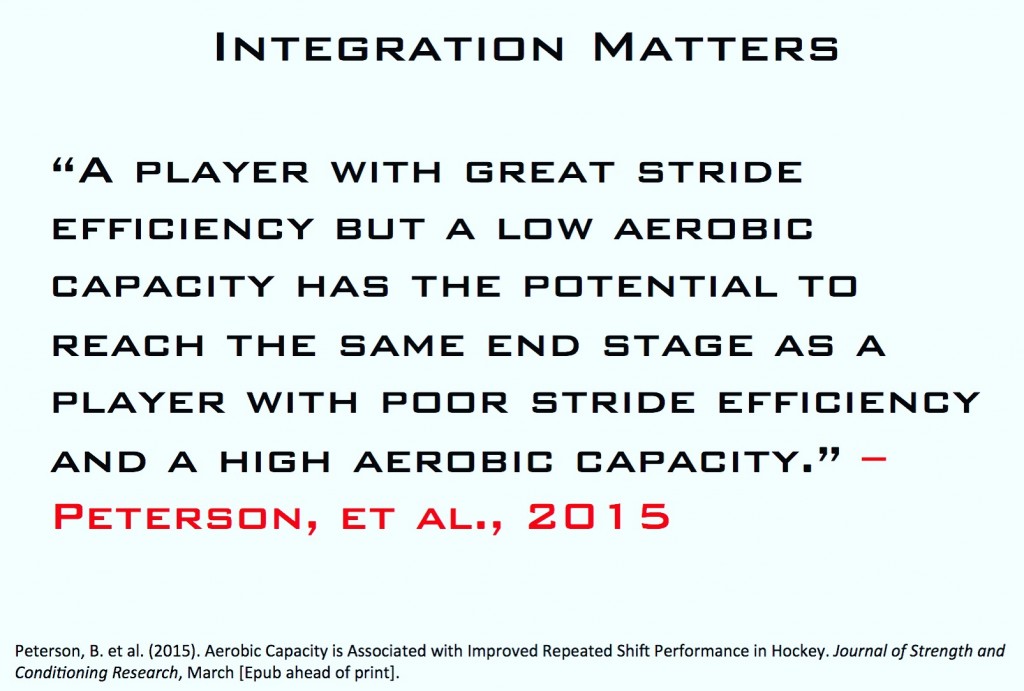
Slide taken from my presentation at the 2015 NHL Strength and Conditioning Coaches Conference
8) One of the most common mistakes while performing butt kickers is swinging the foot back behind the butt instead of pulling the heel up directly under the hip, which more directly mimics the pull through action of sprinting.
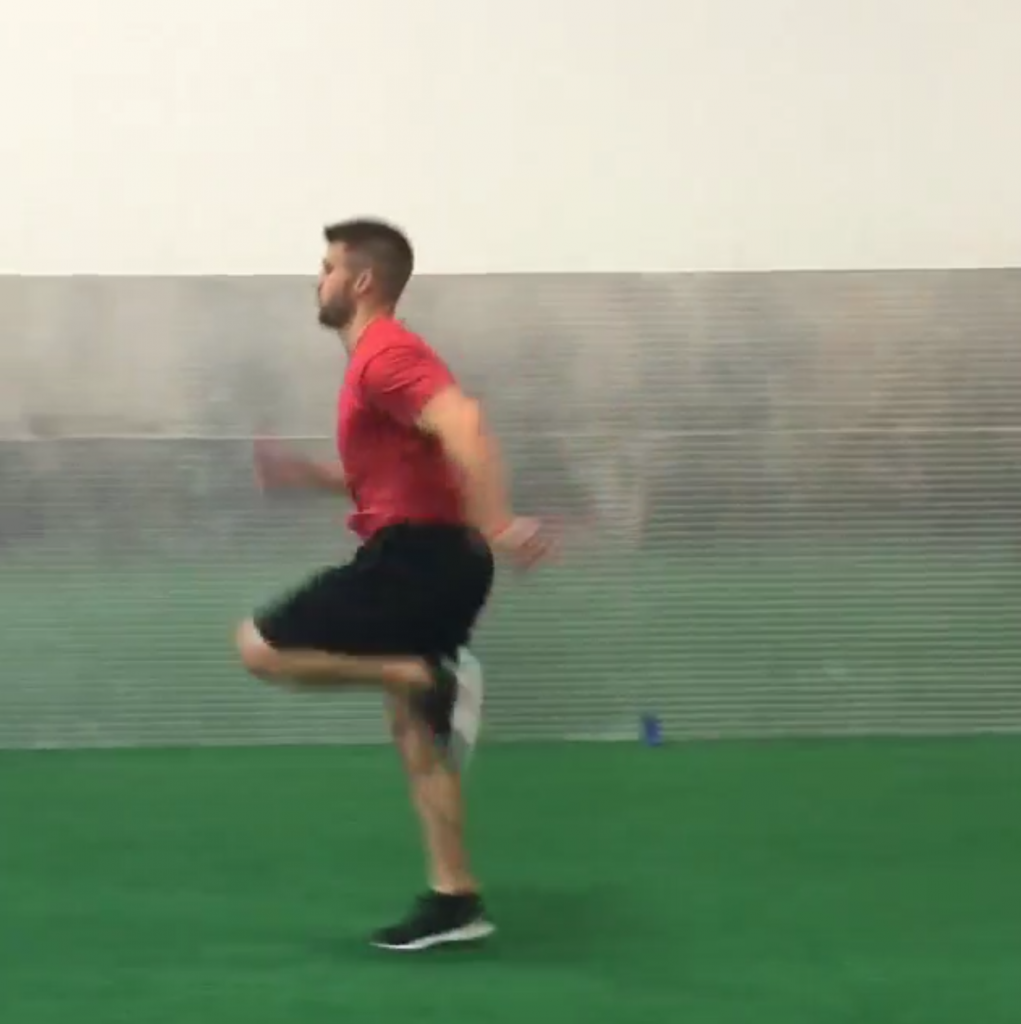
Pull the heel under the hip, not around the back.
9) Assessing the primary barriers to an INDIVIDUAL’S speed development should create the foundation for a more specific training program. These are the primary considerations for speed training.
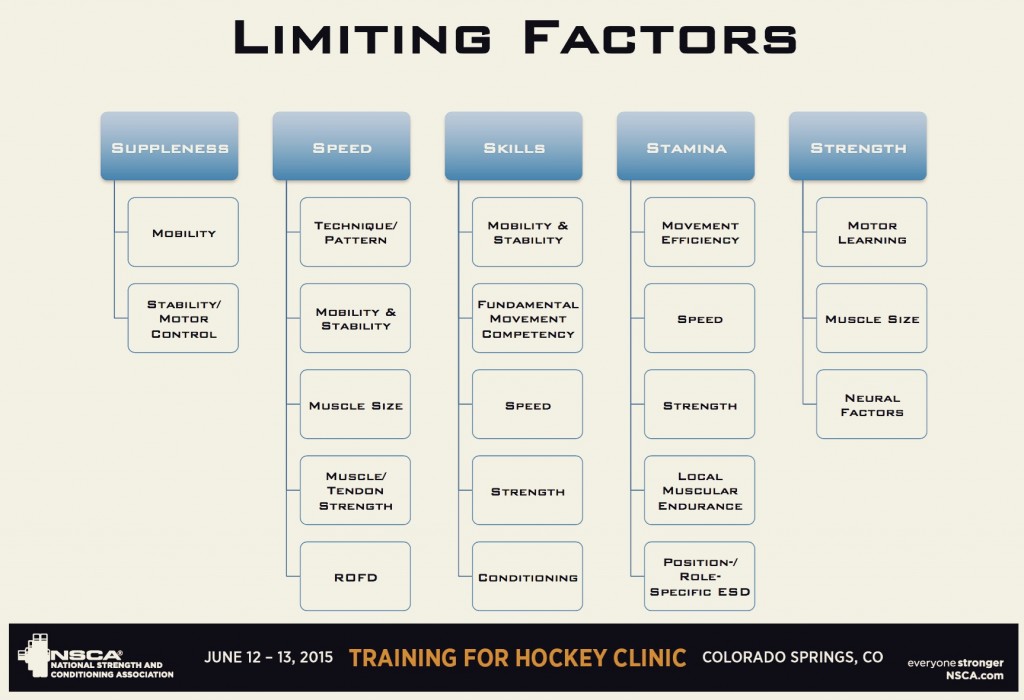
Slide taken from my presentation at the 2015 NSCA Training for Hockey Clinic
10) A lot of athletes will actually run faster when told to run at 95% than they will at 100%. Simply, the desire to run at max effort causes the athlete to hold more tension in their muscles which slows down their movement. One of the best cues to help an athlete let go of excessive tension is to “relax your face”.
11) Sprinting posture can be taught with a Wall March, reinforced with a Sled March and integrated with a 2-point sprint start. Learn slow before you add speed to a movement.

Feel free to post any questions/comments you have below. If you’re interested in more hockey-specific speed training drills and information, check out
Breakaway Hockey Speed.
To your success,
Kevin Neeld
HockeyTransformation.com
OptimizingMovement.com
UltimateHockeyTraining.com
Please enter your first name and email below to sign up for my FREE Athletic Development and Hockey Training Newsletter!
Get Ultimate Hockey Transformation Now!
Year-round age-specific hockey training programs complete with a comprehensive instructional video database!

“Kevin Neeld is one of the top 5-6 strength and conditioning coaches in the ice hockey world.”
– Mike Boyle, Head S&C Coach, US Women’s Olympic Team
“…if you want to be the best, Kevin is the one you have to train with”
– Brijesh Patel, Head S&C Coach, Quinnipiac University




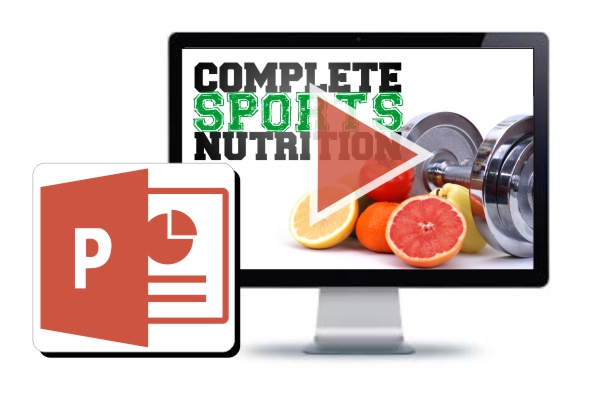










 Use CODE: "Neeld15" to save 15%
Use CODE: "Neeld15" to save 15%